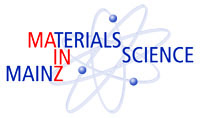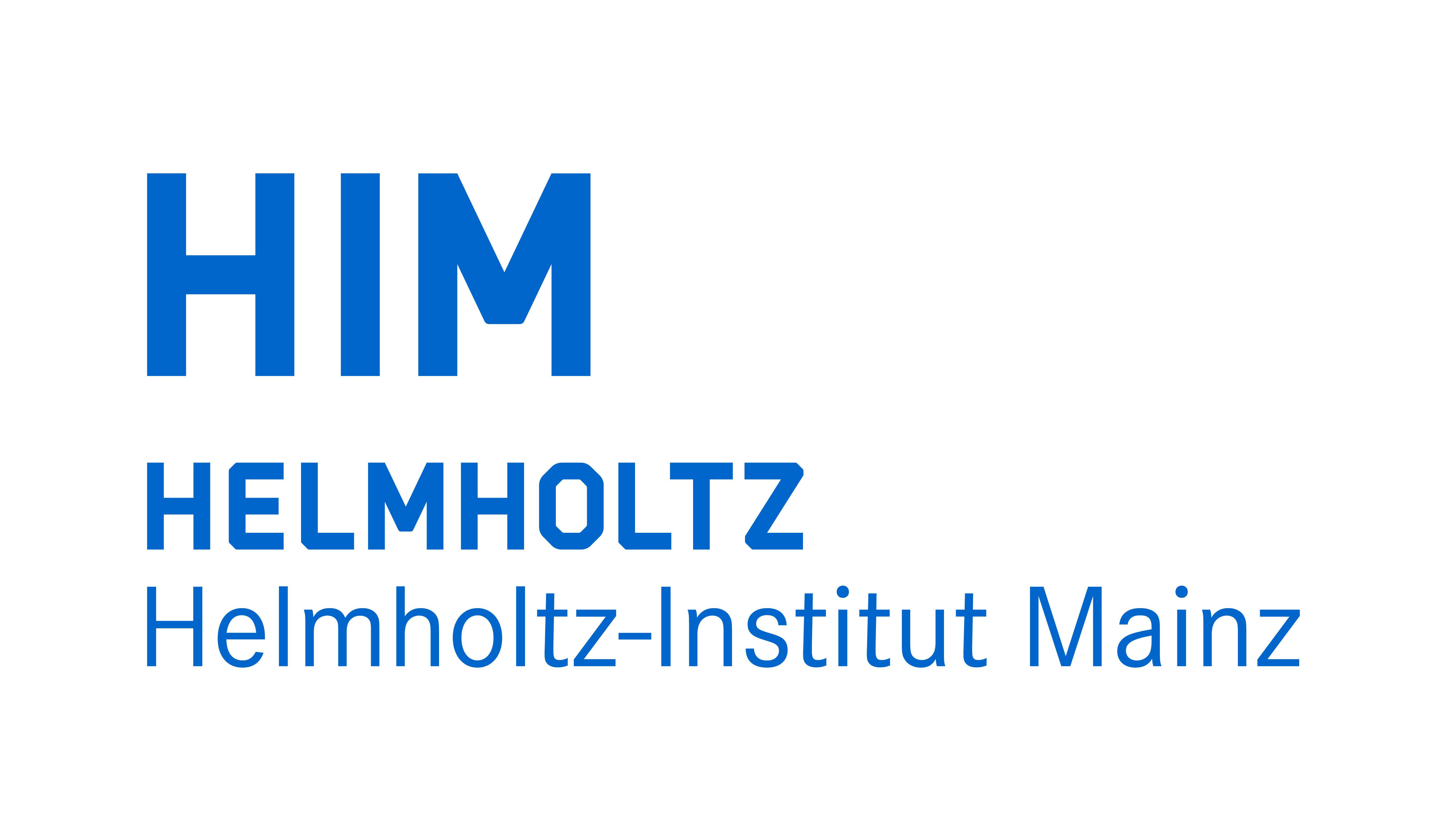


Physikalisches Kolloquium
May 24, 2016 at
4:16 p.m. c.t.
in
HS KPH
Prof. Dr. Alfons Weber
Institut für Physik
a.weber@uni-mainz.de
Prof. Dr. Hartmut Wittig
Institut für Kernphysik
hartmut.wittig@uni-mainz.de
Fukushima accident – five years on
Prof. Ryugo Hayano (Department of Physics, Experimental Nuclear Physics, University of Tokyo)
In my presentation, I will first discuss briefly why an “antimatter physicist” started to work actively in Fukushima. I will then focus on the present situation in Fukushima from the radiological protection view point, and discuss what are the lessons we have learned in these five years.
The Fukushima Daiichi accident contaminated the soil of densely-populated regions of Fukushima Prefecture with radioactive cesium, which poses risks of internal and external exposures to the residents.
Extensive surveys which we conducted, however, showed that the internal exposure levels of Fukushima residents are negligibly low. Nevertheless, families with small children are still much concerned about internal exposures. We have therefore developed a whole body counter for small children, called the ‘BABYSCAN’, have measured some 3000 children, and have shown that all of them are free of radiocesium [1].
As for the external exposure, we launched a project in 2014 to compare personal doses of high-school students living in Fukushima, outside of Fukushima, France, Poland and Belarus. This study, participated by more than 200 students and teachers, has clearly shown that the personal external individual doses in Fukushima and in Belarus are well within the range of estimated annual doses due to the terrestrial background radiation level of other regions/countries [2].
These are good news, but the fact remains that nearly 100,000 people, who were ordered to evacuate in 2011, are still unable to return even though the radiation level in most areas have become low enough. The problems in Fukushima, after five years, are mostly psychosocial, rather than radioprotection
References
[1] R.S. Hayano et al, “Whole-body counter surveys of over 2700 babies and small children in and around Fukushima Prefecture 33 to 49 months after the Fukushima Daiichi NPP accident”, Proc. Jpn. Acad., Ser. B91 (2015) 440-446.
[2] N. Adachi et al., “Measurement and comparison of individual external doses of high-school students living in Japan, France, Poland and Belarus—the ‘D-shuttle’ project—”, J. Radiol. Prot. 36 (2015) 49-66.